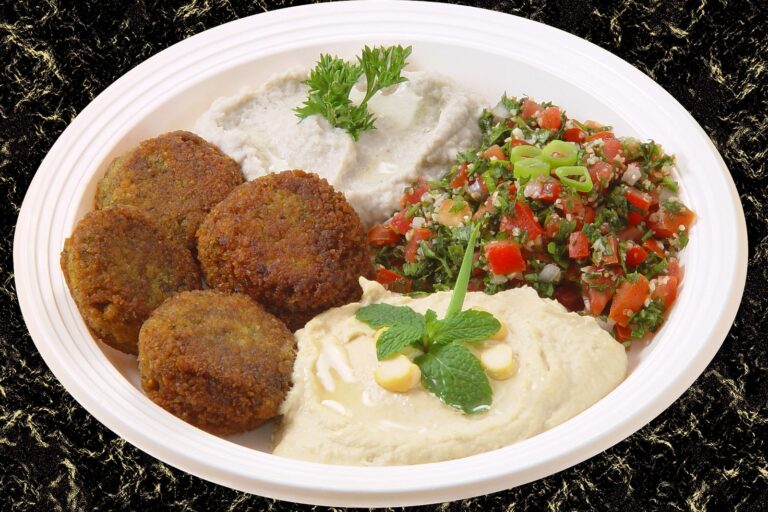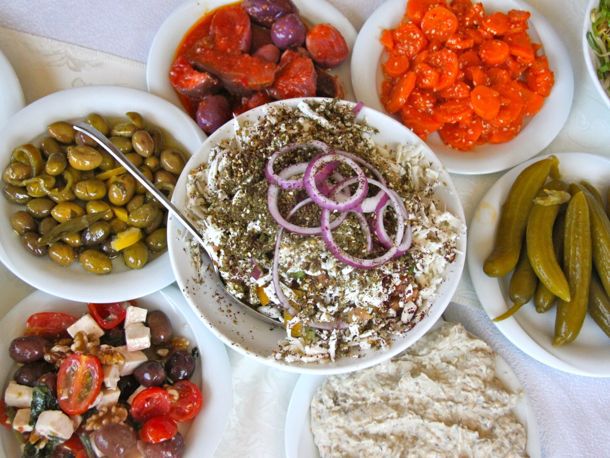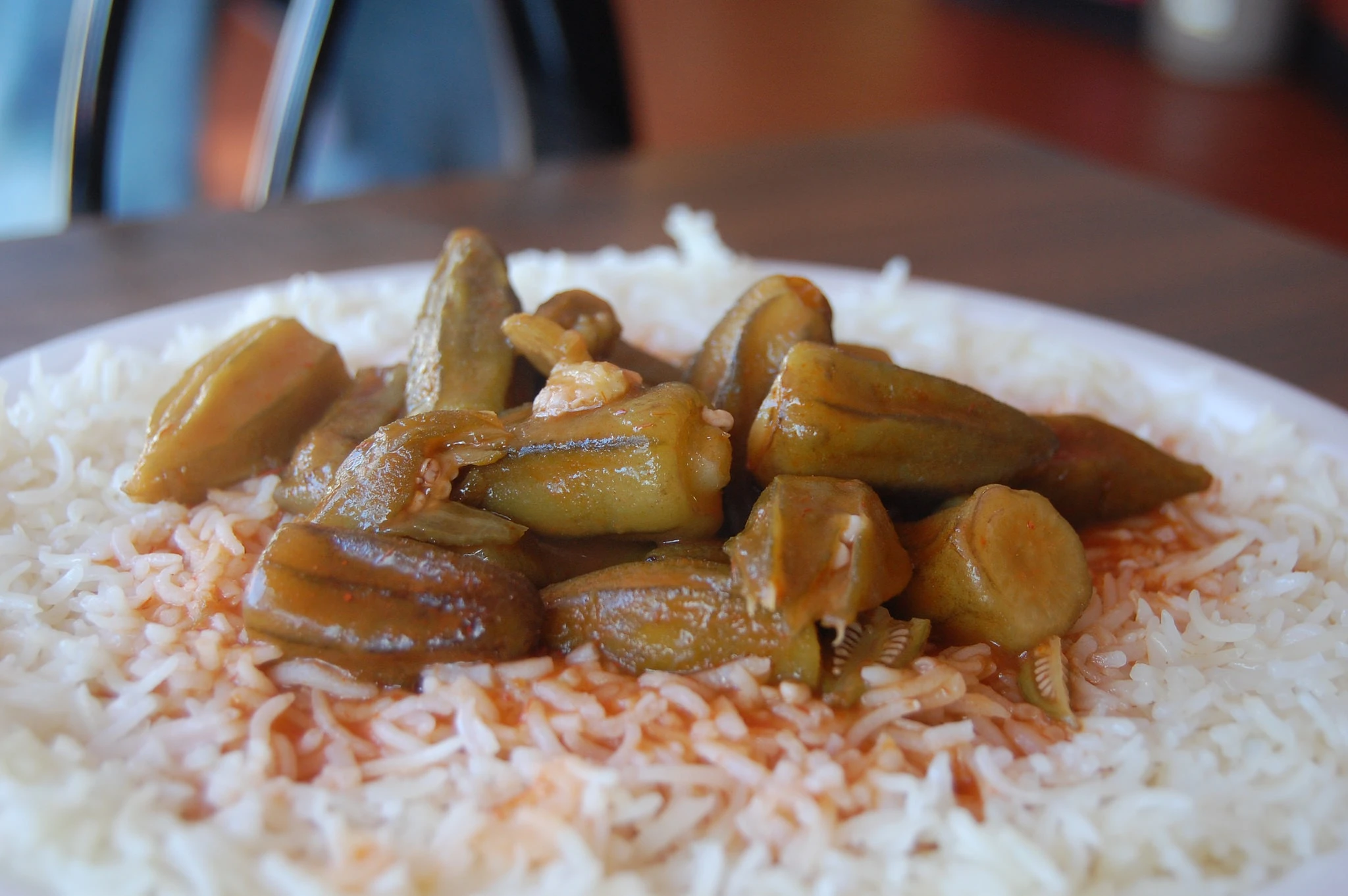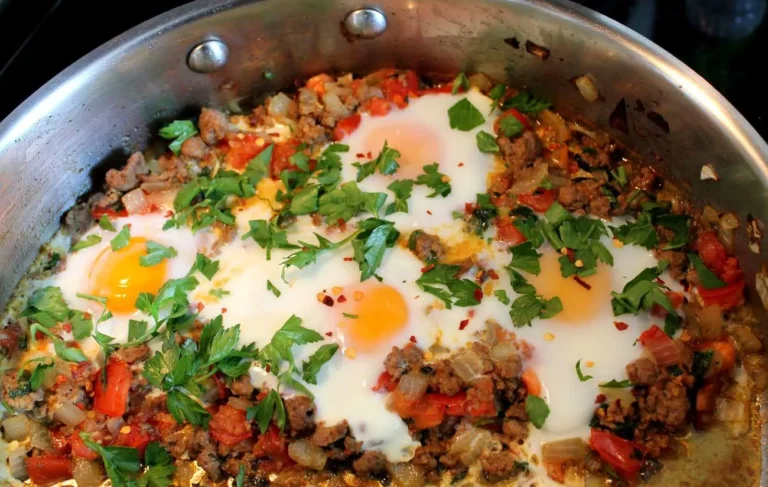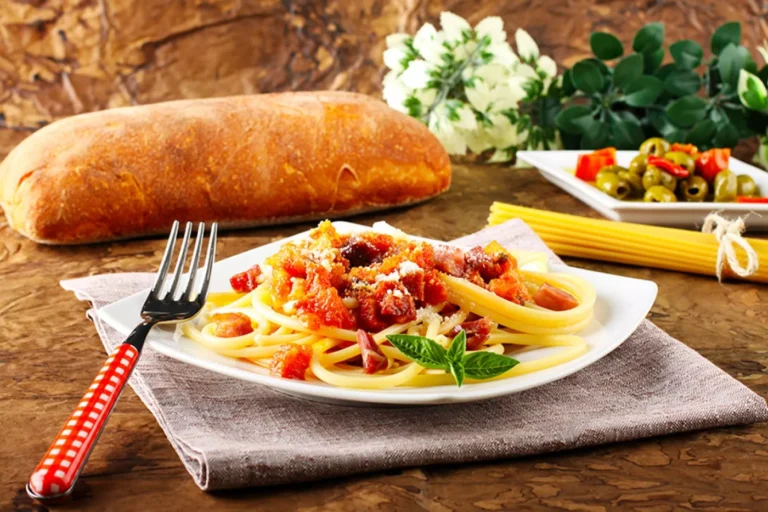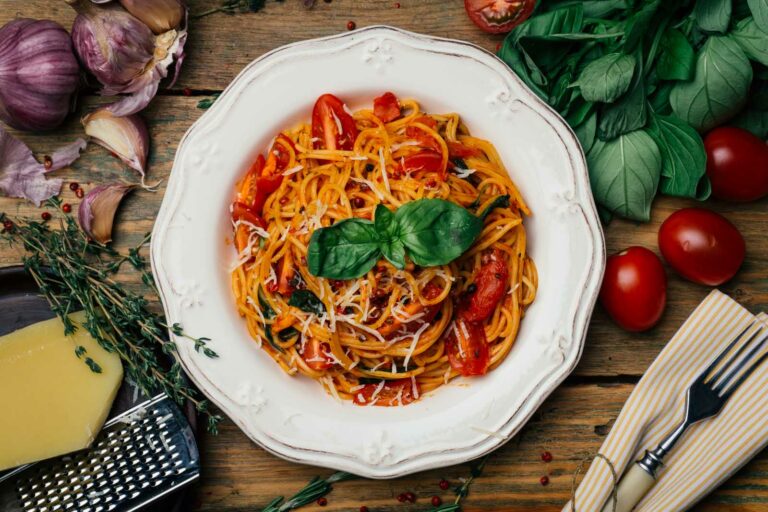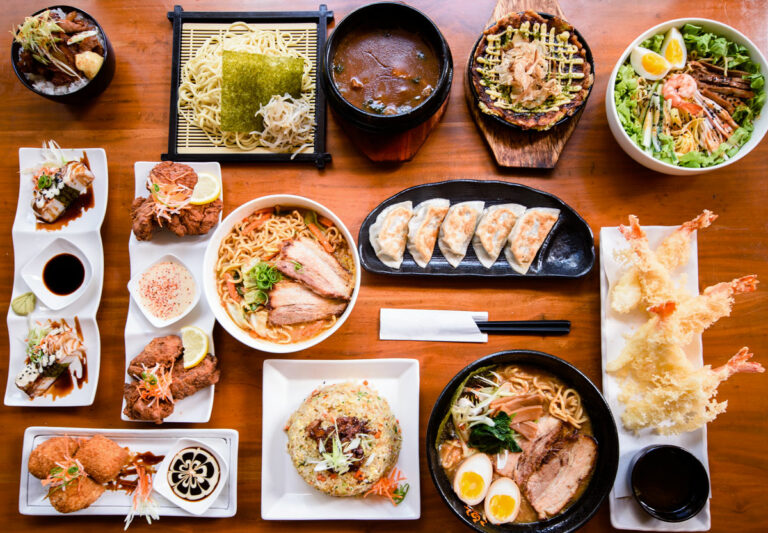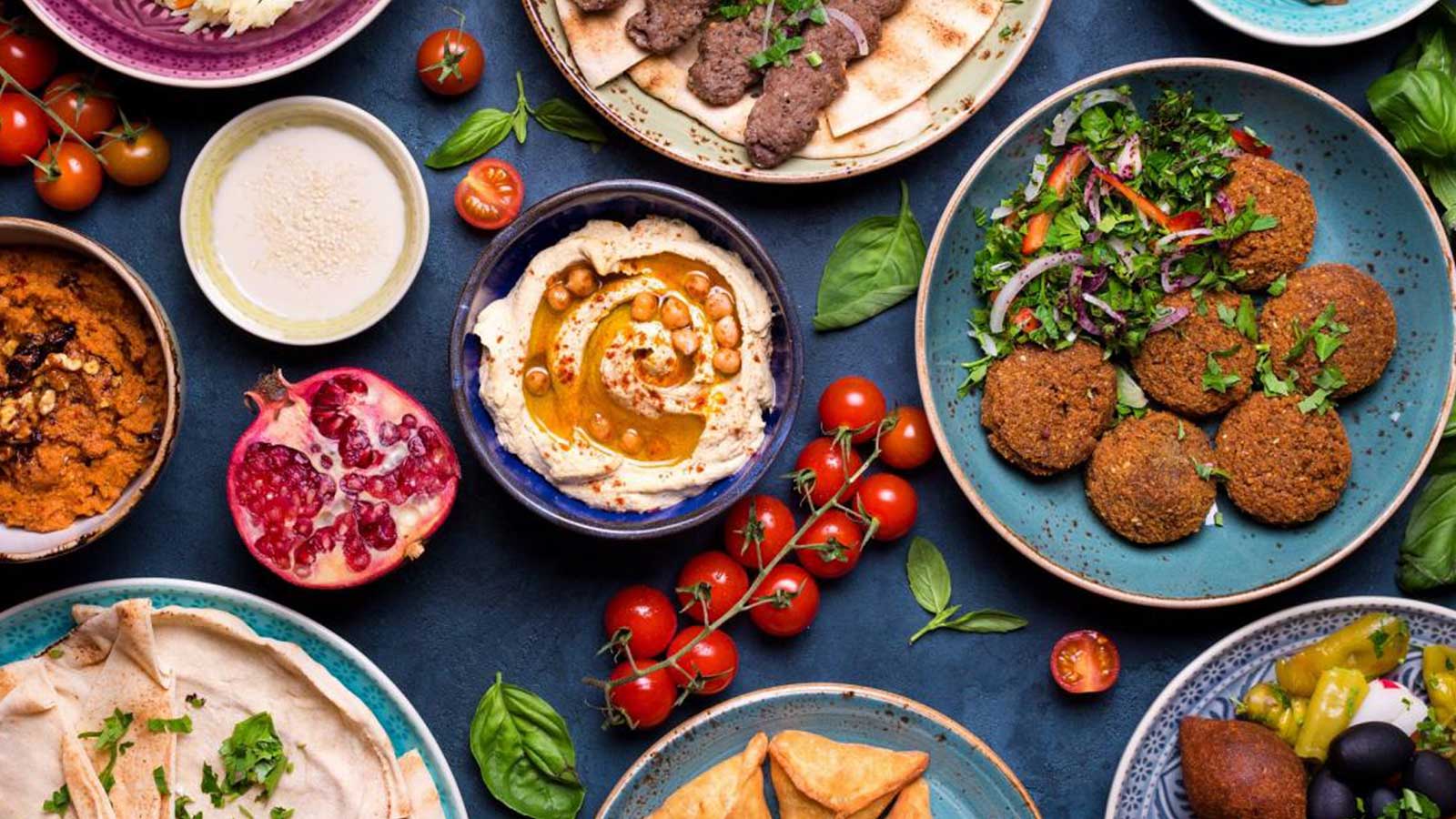Introduction: Israeli Cuisine
Israeli cuisine is a melting pot of diverse cultures, reflecting the country’s rich history and geography. In recent years, Israeli cuisine has gained worldwide recognition for its unique flavors and innovative cooking techniques. The cuisine is characterized by the abundant use of fresh herbs and spices, fresh vegetables, fruits, and an array of meat and fish dishes.
Regional Variations in Israeli Cuisine: A Brief Overview
Israel’s cuisine is divided into four main regions: Northern, Southern, Eastern, and Central. Each region has its distinct flavors and culinary traditions shaped by a unique blend of cultural influences over the years.
Northern Israel’s Culinary Influences
Northern Israel, bordering Lebanon and Syria, is known for its hearty meat and vegetable stews, such as the popular dish “Hamin” (a slow-cooked meat and bean stew). The region’s cuisine is heavily influenced by the Middle Eastern and Mediterranean cultures, with the use of olive oil, tahini, and different kinds of cheeses. The use of fresh herbs, like parsley and mint, is also a common feature of the northern cuisine.
The Unique Flavors of Southern Israeli Cuisine
Southern Israel’s cuisine is characterized by its Bedouin-inspired dishes, such as the “Musakhan” (a baked flatbread topped with chicken, onions, and sumac). The region’s cuisine is influenced by the desert climate, with the use of herbs and spices like cumin, coriander, and cardamom. The region is also known for its seafood dishes, with fresh fish caught from the Red Sea.
Eastern Israel’s Diverse Food Traditions
Eastern Israel is home to a diverse range of cuisines, influenced by the Jordanian, Palestinian, and Syrian cultures. The region’s cuisine is characterized by its use of lamb and chicken dishes, served with rice and different types of bread. The use of nuts, like almonds and pine nuts, is also a common feature of the Eastern cuisine.
Central Israel’s Fusion Cuisine
Central Israel’s cuisine is known for its fusion of different culinary traditions, reflecting the country’s diverse population. The region’s cuisine is characterized by its innovative cooking techniques and the use of fresh, seasonal ingredients. Some of the popular dishes in Central Israel include the “Sabich” (a pita sandwich filled with fried eggplant, hard-boiled eggs, and tahini sauce) and the “Shakshuka” (a spicy tomato-based dish with poached eggs).
In conclusion, Israeli cuisine is a reflection of the country’s diverse cultural influences and geographic location. Each region has its unique flavors and culinary traditions, making the cuisine a rich and diverse culinary experience.

